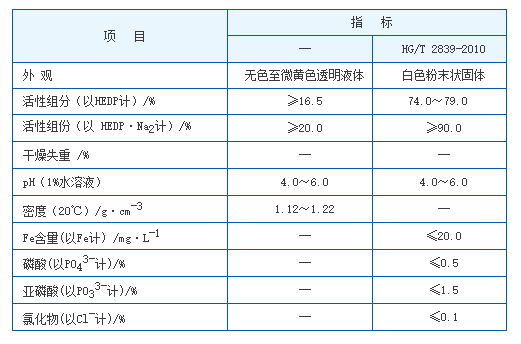flocculant water treatment
Flocculants in Water Treatment A Comprehensive Overview
Water treatment is an essential process that ensures the safety and quality of the water we consume, use for irrigation, or discharge back into the environment. One significant method employed in the water treatment process is flocculation, which plays a vital role in the removal of suspended particles, organic matter, and contaminants. Flocculants are chemical agents that facilitate this process, making them indispensable in modern water treatment facilities.
What are Flocculants?
Flocculants are substances that promote the agglomeration of fine particles into a floc or larger cluster. This process is crucial in various water treatment applications, including drinking water purification, wastewater treatment, and industrial processes. There are two main types of flocculants natural and synthetic. Natural flocculants are derived from organic sources, such as plant gums or starches, while synthetic flocculants are chemically manufactured polymers.
Natural flocculants tend to be biodegradable and environmentally friendly, making them attractive for sustainable water treatment practices. In contrast, synthetic flocculants are often more effective in forming larger flocs and can operate over a wider range of pH levels and temperatures.
The Flocculation Process
The flocculation process generally involves three key stages mixing, floc formation, and sedimentation.
1. Mixing During this initial stage, flocculants are introduced to the water containing suspended particles. This can occur through rapid mixing to ensure that the flocculant is evenly distributed throughout the water.
2. Floc Formation As the flocculant interacts with the suspended particles, they begin to aggregate into larger clumps or flocs. This process is sensitive to various factors, including the type of flocculant used, dosage, and the characteristics of the water (such as particle size and charge).
3. Sedimentation Once the flocs are formed, the water is allowed to settle. The larger flocs settle to the bottom due to gravity, forming a sludge layer that can be removed easily. The clarified water can then be further treated or released into the environment.
flocculant water treatment

Benefits of Using Flocculants
The use of flocculants in water treatment offers numerous benefits. Firstly, they significantly enhance the efficiency of the sedimentation process, leading to a clearer and cleaner effluent. This is particularly important in drinking water treatment, where water quality standards are high.
Moreover, flocculants can reduce the need for extensive filtration systems, lowering operational costs and maintenance requirements. By improving the settling rate of solids, flocculants allow for a smaller footprint of treatment plants, making them more space-efficient.
In wastewater treatment, flocculants play a critical role in the primary and secondary treatment phases, helping to remove contaminants effectively before the water is discharged back into the ecosystem or reused for various purposes.
Considerations and Challenges
While flocculants are highly effective, their use is not without challenges. The choice of flocculant depends on the specific water quality parameters and the types of contaminants present. Overdosing or incorrect selection can lead to ineffective treatment and potential environmental concerns.
Additionally, synthetic flocculants may pose risks to aquatic life if not properly managed, emphasizing the need for stringent monitoring and regulation in water treatment practices.
Conclusion
In summary, flocculants play a critical role in water treatment processes, enhancing the removal of suspended solids and improving water quality. Their effectiveness and efficiency make them invaluable for both drinking water and wastewater treatment. As technology and research advance, we can anticipate the development of new, environmentally friendly flocculants that will further enhance our ability to manage and maintain water resources sustainably. By understanding and optimizing the flocculation process, we can ensure cleaner water for future generations, promoting public health and environmental well-being.
-
2-Phosphonobutane-1,2,4-Tricarboxylic Acid: Scale & CorrosionNewsAug.29,2025
-
Premium Isothiazolinones | Broad-Spectrum Biocidal SolutionsNewsAug.28,2025
-
LK-319 Special Scale And Corrosion Inhibitor For Steel Plants: Advanced Solutions for Industrial Water SystemsNewsAug.22,2025
-
Flocculant Water Treatment: Essential Chemical Solutions for Purification ProcessesNewsAug.22,2025
-
Isothiazolinones: Versatile Microbial Control Agents for Industrial and Consumer ApplicationsNewsAug.22,2025
-
Scale Inhibitor: Key Solutions for Water System Scale PreventionNewsAug.22,2025





